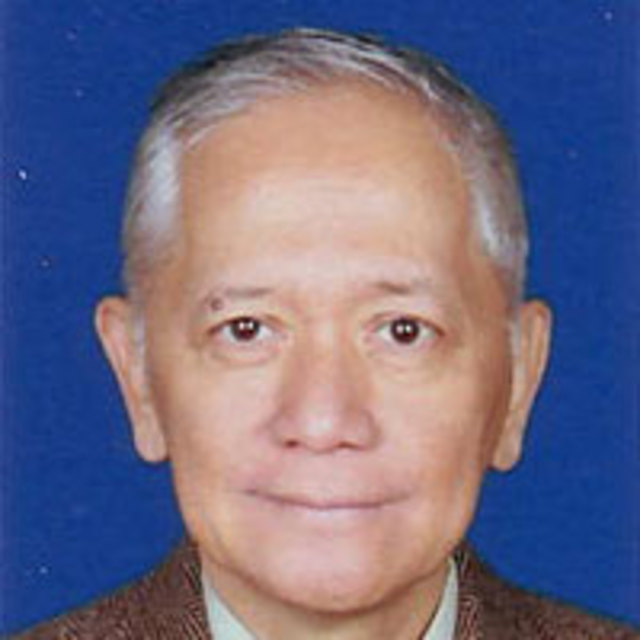

Three years ago, Maute/Abu Sayyaf followers of the ISIS Caliphate drove government forces out of Marawi City, forced an estimated 350,000 people to flee their homes, and occupied the center of Lanao del Sur’s provincial capital for 5 months between 23 May to 17 October 2017.
To root out entrenched enemy forces, the military had to use artillery fire and aerial bombardment, in effect, destroying much of the city to recapture it. The Most Affected Areas (MAA), extended over some 250 hectares, covering 24 barangays and their Maranao population of nearly 130,000.
The Maranaos expected much from President Duterte, who often and publicly proclaimed his Maranao descent, presuming that he would also share their urgent concerns – to tend to the injured, find and bury their dead, and meet daily subsistence needs. (READ: Marawi residents still expect to return after 3-year wait)
Within the week of Marawi’s liberation, President Duterte appointed HUDCC chair Eduardo del Rosario as head of Task Force Bangon Marawi to facilitate reconstruction and recovery efforts. TFBM promised the completion of these efforts by the end of 2019. For immediate aid to Marawi’s Internally Displaced Persons (IDP) it had received by November 2017 nearly P37 million from Philippine and foreign donors.
Despite this promising start, the administration of their fellow Maranao failed to meet expectations. For the year 2018, TFBM paid out only P10,000 to the family of one siege casualty. By end-2019, it had disbursed only 3% of the fund, which had increased by almost the same amount because of foreign exchange gains.
The “poor utilization of donated funds” intended for the much-needed support of the Marawi Siege victims earned a COA rebuke for frustrating “the good intention of the donors for human consideration.”
The larger goals of compensating victims and supporting the city’s rehabilitation, after three years, still await congressional action. Around 15,000 residents had filed with the Integrated Bar of the Philippines damage claims worth over 90 billion, including more than 5,600 totally destroyed “dwelling units.” The IBP transmitted the documents to the House of Representatives, whose Committee on Disaster Management was sitting on three bills filed by Muslim legislators in August 2019 to cover such claims.
At a meeting of the Senate Special Committee Committee on Marawi Rehabilitation, held in Iligan on February 21, Senators Ronald dela Rosa, Francis Tolentino and Bong Go, respectively Committee chair and vice-chairs, together with Imee Marcos, and Majority Leader Juan Miguel Zubiri, promised to file on 24 February their own version of a Marawi compensation bill. MindaNews reported that, as of March 4, the five senators had not delivered on the commitment. Zubiri and Marcos filed three bills between them, but none on Marawi.
Bong Go’s contribution was a meeting with the President in Malacañang on March 4, where Maranao leaders aired their grievances against TFBM. The President continued to vouch for del Rosario as a good man from Davao, retaining him as TFBM Chair, but promised a monthly visit to Marawi to oversee the Bangon program personally. And then Covid-19 happened, preempting promised presidential visits to Marawi and adding to IDP problems.
Threat from Bong Go's project
Thirty months after liberation, they remain locked out of Ground Zero, including some 17, 000 who had assumed the costs of biometric tests that validated them as Marawi residents.
At this point, after 3 years of exile, they are no longer waiting for government completion of rehabilitation projects or immediate reconstruction assistance. They only want to exercise their right to return to Marawi and rebuild their homes on their own.
What has now alarmed them is the threat to their Balik-Marawi advocacy of competition from the Balik-Probinsiya Project.
When first proposed at an IATF meeting, Bong Go acknowledged that implementation would have to wait until the country had better control of the pandemic. But the project has taken off on fast-track mode.
Two days after the May 6 signing of E.O. 141, making Balik Probinsya, Bagong Pagasa (BP2) a national priority program, National Housing Authority G.M. Marcelino Escalada, Jr., appointed head of its secretariat, reported receiving 5,000 applications online.
Within 6 months, he projected applications to increase to six figures. The projection of one million such settlers applying to return to their home provinces may be a conservative estimate.
For those locked down in Metro Manila’s informal settlements, joining BP2 is almost a no-brainer. Programs to rebalance population distribution are most attractive to those who have the least to lose by moving, a number the pandemic has increased. But these are costly and complex programs to sustain.
With free transportation and assurances of homes and jobs, relocating people with few options is not the difficult part.
White elephants
Keeping them in the relocation sites is the problem that has turned many such programs into wasteful, white elephants. Government would not have to risk this problem with a project to bring Marawi IDPs home. And it can serve as a pilot for BP2.
The government has yet to end the IDPs’ now three-year exile. To give them priority over any group wishing to avail of the BP2 program would be both rational and just.
If the government cannot deliver on this project, what would be our basis to believe that it can effectively implement a much larger, more complex BP2 program?
Balik Marawi Muna, Bago Balik Probinsya! – Rappler.com
Edilberto C. de Jesus is professor emeritus at the Asian Institute of Management.